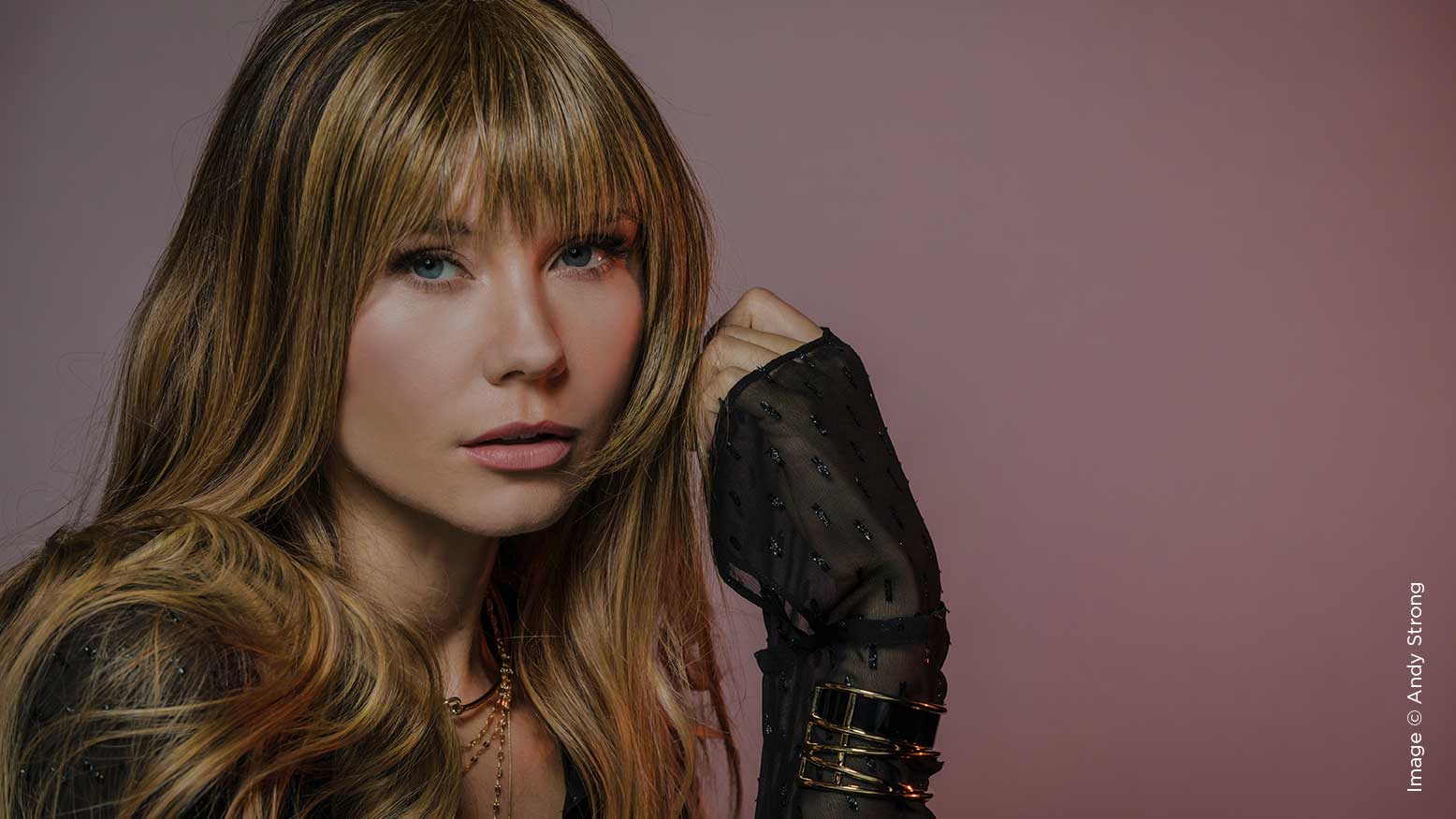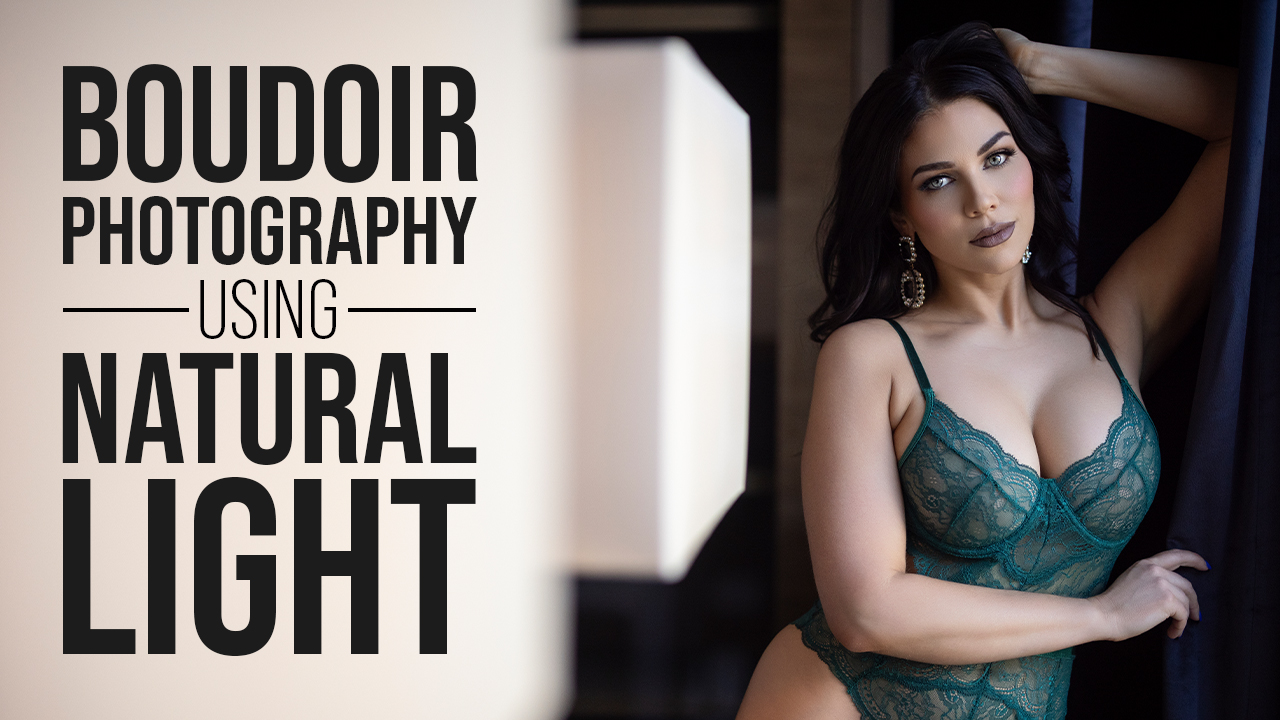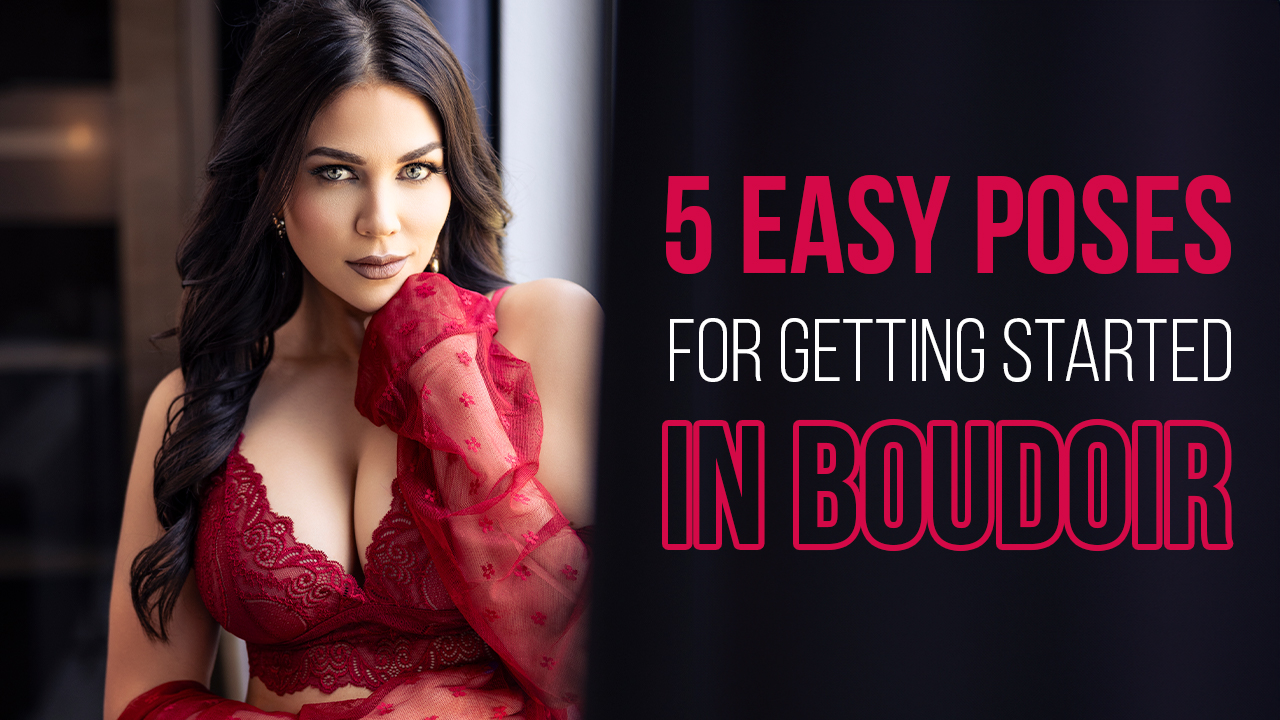Workin’ It: Off Camera Performance with Andy Strong
We’ve all seen countless portraits or headshots where the subject is obviously uncomfortable. They’ve got a disconnected look in their eyes, or they are just not present, or they are trying too hard not to try too hard. What went wrong? Just as a film director would speak with an actor on set, we are responsible for the performance of our subject. We must maintain awareness of how our clients feel if we want to direct them to be more present. How can we come closer to connecting with them so we can create a better experience? Let’s talk about offcamera performance.
Put Yourself in Their Shoes
How many times has a client said to you, “Do your best, but I’m warning you, I’m just not photogenic!” How do you react? Have you said the same about yourself? I’d like to ask you to strike that phrase from your vocabulary. I’ve heard so many photographers claim that they have no business in front of the camera, but why not? Take the opportunity to gain valuable insight by getting out of your comfort zone and spending more time in the spotlight. Explore what you can do to feel more centered under pressure.
Take the Awareness Tour
Imagine yourself getting your photo or video taken. Truly take a moment. Imagine you’re in your current environment, and someone points a camera at you. Did your body make any adjustment? What about your mind? Did you hold your breath? Get even more specific and visualize yourself surrounded by lights and softboxes—see the action of a professional photographer bringing a camera up to their eye to take a closer look. A closer look at you. Register the difference in how you feel. What might you say to yourself to become more comfortable?
Write Your Strong Script
Using a mirror, walk yourself through the following scriptwriting exercise to help develop your language and style as a director. Keep in mind, you don’t always have to use your full script, but having it readily available will help you call on snippets and confidently improvise direction during a session.
Ask yourself the following: If I wanted to appear more beautiful and strong, what would I do? How would I hold my head? Where would I place my hands? What else would I do with my body? Practice directing yourself in ways that make you feel like you are exuding the confidence that comes with feeling beauty and strength. Develop a script that you can pull from during a session to guide your subjects.
Self-Script Example A – Beautiful and Strong: “In order to feel more beautiful and strong, I allow my shoulders to settle down and back into their natural resting position. I bring my chest up and open my heart. I take a large breath in through my nose and smile through my eyes as I look through the camera and gently exhale.”
So, if a client is looking closed off during a session, you could direct, “Go ahead and take a moment to settle your shoulders and open up your upper body toward the light, and breathe in your strength. When you are ready, exhale and allow your eyes to come to the camera and let your head and body follow.”
Self-Script Example B – Victory Celebration: “In order to feel more victorious, I inhale and imagine I just sank a buzzer-beater three-pointer to win the NBA Finals, and I smile as I continue breathing. My feet are planted, my knees have a soft bend, and my breathing is even. I raise my hands above my head and look to the sky and say thank you. I feel victorious.”
What does your body do when you feel more playful? More trustworthy? More powerful? Translate these scenarios into director soundbites that you can call on at will.
Vibes Management: PreCamera Warmup
We can’t take a photo without a camera, but that doesn’t mean we have to start the session with our hands on our gear.
Whether they would admit it or not, our portrait subjects are paying us to create a safe space for personal freedom as well as for our gear and technical expertise. I like to think we are in the business of vibes management.
Think about your own reaction to getting your photo taken. Wouldn’t you like to have a moment to warm up before the camera points at you? You can save so much time during the shoot by putting the client’s mind and body at ease before you ever reach for your equipment. Try out these exercises for yourself, and when you feel comfortable, see what happens if you introduce one or more before a session.
Mirrored Breathing
Stand comfortably and take a few breaths together while directing them to maintain eye contact. Don’t be surprised if this simple task is a surprisingly vulnerable thing to do. Breathe in and out without pausing to hold your breath at either end. Mirroring our breathing helps bring us into the same space and put us on the same wavelength. We feel better, because we have more oxygen flowing in our blood, and we feel more confident in our connection once we have centered ourselves together. Try it out, and register the difference in how you feel afterward.
Grounding Wall Lunges
Stand near a wall. Raise your arms to shoulder height, and press your palms against the wall. Drop one leg back into a lunge, and align your body so that you create a line from the floor to the wall. Bring your attention to the point of contact between your feet and the ground as you imagine pressing your feet through the floor. Align yourself to create a nice line from the backs of your legs all the way through to your palms. Now switch to the other leg back and repeat. Step away from the
wall and notice the increased attention to the contact between your feet and the ground. Take a slow, observant walk around your space and see if you feel a difference in how you are carrying yourself.
The Abundant Joy Hip Shake
What does it take for you to shake your hips in a public setting? Maybe on a great night out with trusted friends or when your favorite song comes on and you just can’t help it? Do you want your clients to be able to tap into this joy in an instant? Get comfortable with this on your own or with trusted friends before introducing it to a client. We hold a lot of tension and vulnerability in our hips, and working through this will make you more confident in your presentation, helping you to break down barriers with your client.
Stand comfortably in mirroring position, feet shoulder-width apart. Bend your elbows so that your hands are approximately at hip height. Face your palms out and move your hips up and to the right, then back down through the center, and then up and to the left. Once you are comfortable in the motion, go on and move those hips side to side. This is a fun one to see how long you can maintain eye contact with your client. Make it a game and see who breaks first or smiles. This bit of silly joy before the shoot can relieve so much pressure as well as giving a kinesthetic reminder of a time when each of us felt good enough to dance.
Callback During the Session
Now that we’ve introduced these connections into the shoot before we’ve begun, we can always take a pause to revisit when we find the client stiffening up. I can’t tell you how many times I shake it out or take a breath or do a five-second dance party with someone during a shoot. It’s such a fun reset.
Honor the Shared Time and Space
When you warm up with your clients before a portrait session, truly take your time. Place your camera to the side. Make eye contact with your subject and honor the space you are sharing together. Bringing mindfulness into your session can create breakthrough moments, both for your subjects and for you. Have you ever struggled to communicate with your client? You might have been thinking too quickly, trying out a new technique, or fumbling with your gear. Imagine recovering from and/or trading out one of these moments for observing your breath with a client. Imagine replacing a feeble, “Can you give me a little smile?” with confident, concise direction that brings a genuine smile and warmth to your clients and leaves everyone at your sessions buzzing. You may have just imagined yourself Workin’ It!






